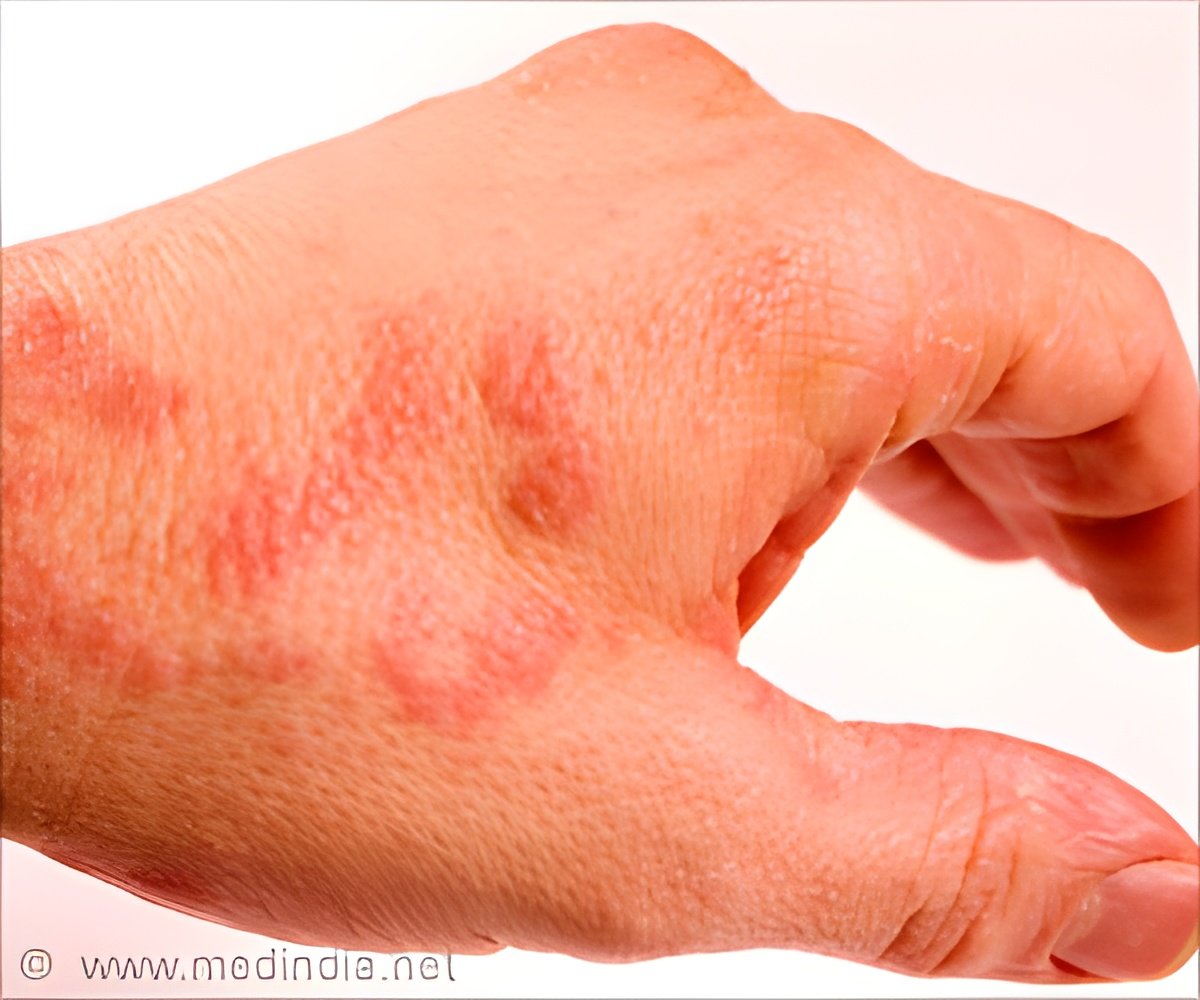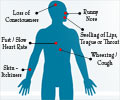
‘Allergy clinic are seeing a rise in the number of patients who come with anaphylaxis cases from tick bite meat allergy – a research team at the American College of Allergy, Asthma, and Immunology identifies alpha-gal, a complex sugar found in red meat from beef, pork, venison, etc, as the most common known cause.’
Tweet it Now
"Of the 218 cases of anaphylaxis we reviewed, 33 percent were from alpha gal," says Debendra Pattanaik, MD, lead author of the study. "When we did the same review in 1993, and again in 2006, we had a great many cases where the cause of the anaphylaxis couldn't be identified. That number of unidentified cases dropped from 59 percent in 2006 to 35 percent in this report - probably from the number of identified alpha gal cases. Our research clearly identified alpha gal as the cause of anaphylaxis in the majority of cases where the cause was detected. Food allergies were the second leading cause, accounting for 24 percent." The people in the study were seen between 2006 and 2016. The study notes that alpha gal allergy was first identified in 2008, so previous reviews wouldn't have taken it into consideration. Due to increased awareness of red meat allergy, and more diagnostic testing available, alpha gal allergy went from an unknown entity to the most commonly identified cause of anaphylaxis at this center.
"We understand that Tennessee is a state with a big population of Lone Star ticks, and that might have influenced the large number of alpha gal cases we identified," says allergist Jay Lieberman, MD, vice chair of the ACAAI Food Allergy Committee and a study co-author. "The Lone Star tick is predominantly found in the southeastern United States and we would expect a higher frequency of anaphylaxis cases in this region would be due to alpha gal. However, the tick can be found in many states outside this region and there are already more cases being reported nationwide."
The remainder of the cases of anaphylaxis in the study was attributed to insect venom (18 percent) exercise (6 percent) systemic mastocystosis (6 percent) medications (4 percent) and other (3 percent).
A bite from the Lone Star tick can cause people to develop an allergy to red meat, including beef, pork and venison. The allergy is best diagnosed with a blood test. Although allergic reactions to foods typically occur rapidly, within 60 minutes of eating the food, in the case of allergic reactions to alpha-gal, symptoms often take several hours to develop. Because of the significant delay between eating red meat and the appearance of an allergic reaction, it can be a challenge to connect the culprit foods to symptoms. Therefore, an expert evaluation from an allergist familiar with the condition is recommended.
Advertisement
Source-Eurekalert














